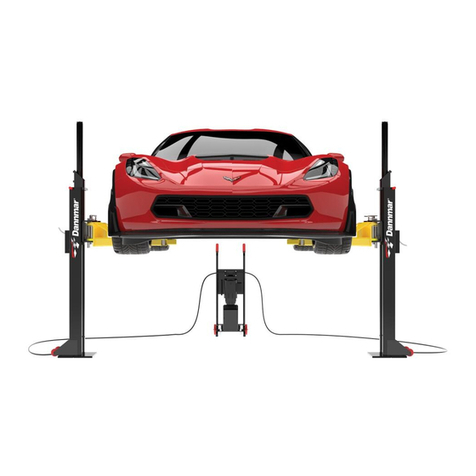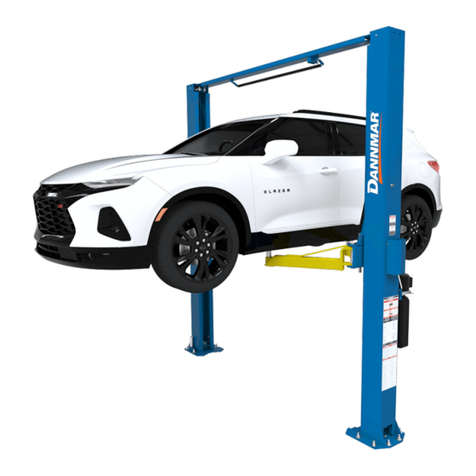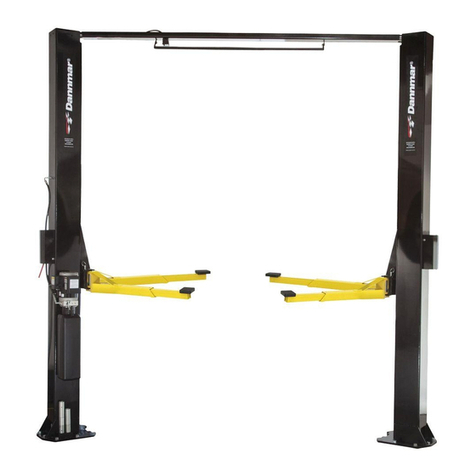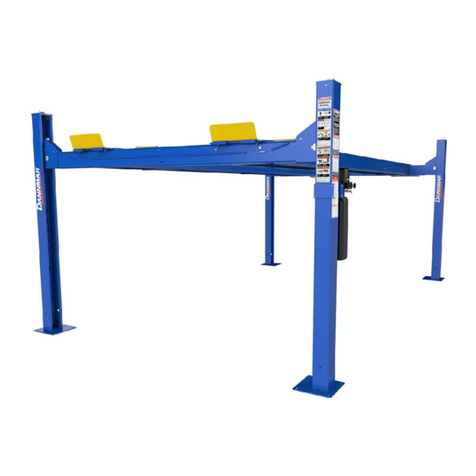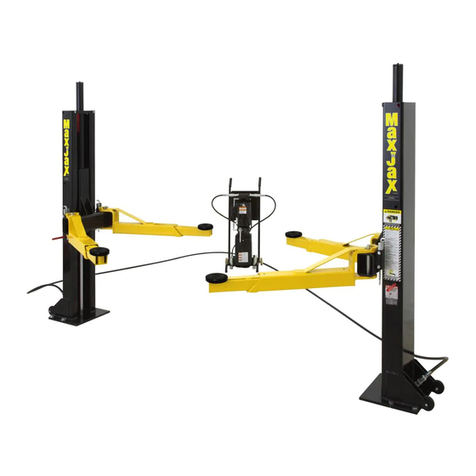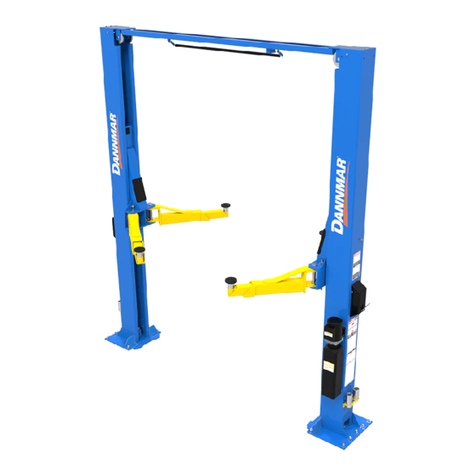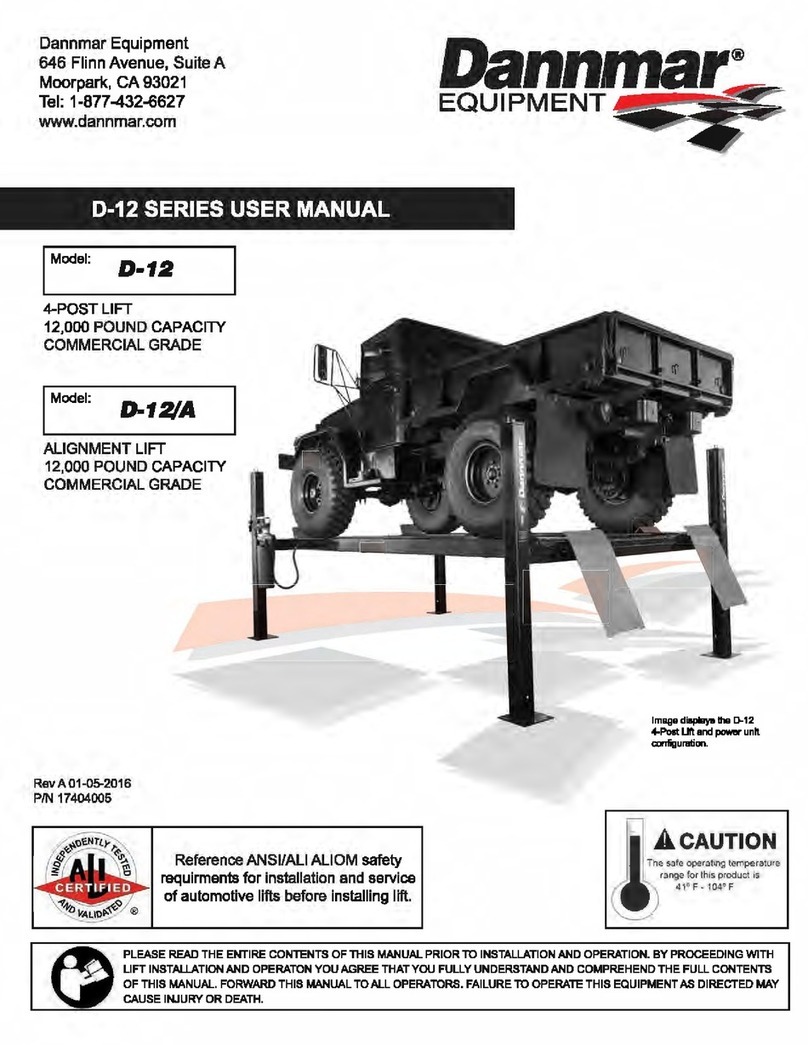
D4-9 / D4-9X Four-Post Lifts 5P/N 5900251 — Rev. A1— August 2021
10. To reduce the risk of fire, do not operate equipment in the vicinity of open containers of flammable
liquids (gasoline).
11. Adequate ventilation should be provided when working on operating internal combustion engines.
12. Keep hair, loose clothing, fingers, and all parts of your body away from moving parts.
13. To reduce the risk of electric shock, do not use the unit on wet surfaces or expose to rain.
14. Use only as described in this manual. Use only manufacturer’s recommended attachments.
15. Always wear safety glasses. Everyday glasses only have impact resistant lenses, they are not
safety glasses.
16. To reduce the risk of injury, close supervision is necessary when this product will be used around
children.
17. To reduce the risk of injury, never overload drawers or shelves. Refer to loading instructions.
18. To reduce the risk of electric shock or fire, never overload receptacles. Refer to markings for the
proper load on receptacles.
Save these instructions!
Additional Safety Information
The following safety information applies to all D4-9 models:
•The product is a four-post Lift. Use it only for its intended purpose.
•The product may only be operated by authorized, trained persons.
•You
must
wear OSHA-approved (publication 3151) personal protective equipment at all times
when installing, using, maintaining, or repairing the Lift. Leather gloves, steel-toed work boots, eye
protection, back belts, and hearing protection are
mandatory
.
•
Never
exceed the rated capacity of the Lift.
•When the Lift is in use, keep all body parts well away from it.
•Clear the area immediately if a Vehicle is in danger of falling off the Lift.
•Do not make any modifications to the Lift; this voids the warranty and increases the chances of
injury or property damage.
•Make sure all operators read and understand this Installation and Operation Manual. Keep the
manual near the Lift at all times.
•The Lift uses electrical energy; if your organization has Lockout/Tagout policies, make sure to
implement them after connecting the Lift to a power source.
•While handling a Hydraulic Cylinder or a Hydraulic Hose, always wear gloves. In rare cases, a
needle-like stream of hydraulic fluid (even at low pressure) can penetrate fingers, hands, or arms;
such a puncture can feel like a bite, electric shock, or a prick. While it may seem like a minor issue,
any amount of Hydraulic Fluid injected into the human body is a serious issue. Anyone suffering
such a puncture wound should be
immediately
taken to a hospital emergency room to
determine the extent of the injury. Explain the circumstances of the injury to the attending
physician, including what kind of Hydraulic Fluid was involved. Do not assume a puncture wound
that could have been caused by Hydraulic Fluid is a minor issue; it could be life threatening.
•Make an inspection of the Lift
before
using it. Check for damaged, worn, or missing parts. Do not
use it if you find any of these issues. Instead, take it out of service, then contact an authorized
repair facility, your dealer, or Dannmar at (877) 432-6627 or support@dannmar.com.
•BendPak recommends making a
thorough
inspection of the product at least once a year.
Replace any damaged or severely worn parts, decals, or warning labels.












